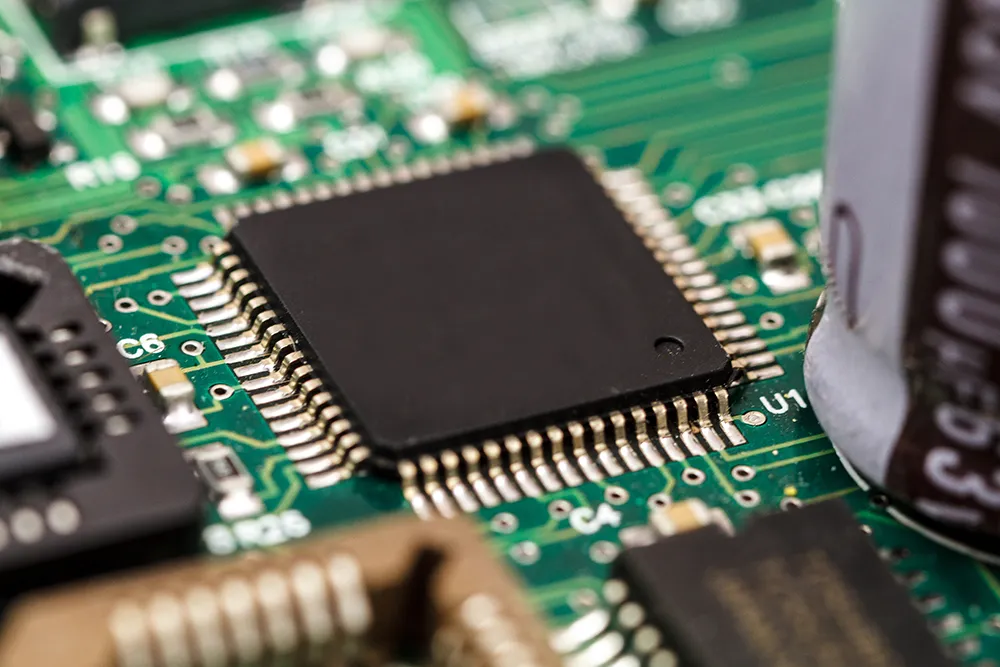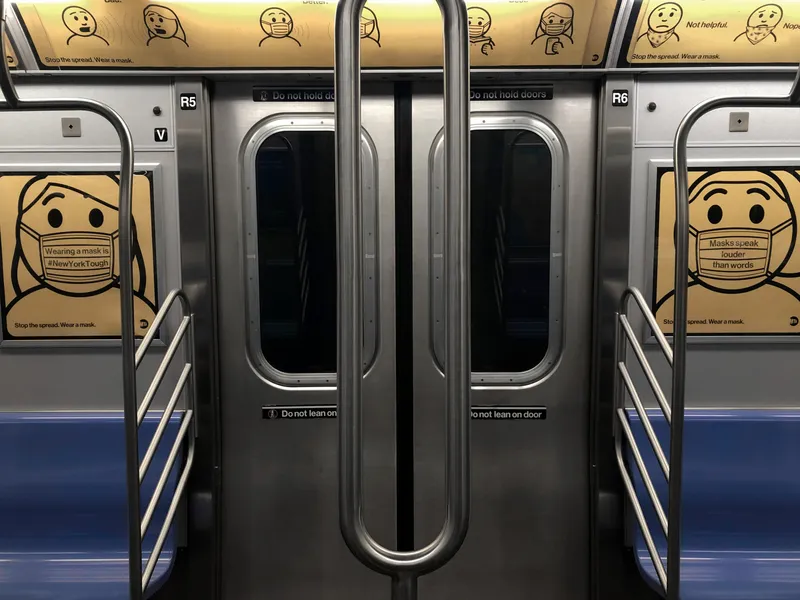Back in 1999 authorities in the United States set aside a section of the 5.9GHz spectrum for ITS. Times were good back then, economies were booming and we collectively looked forward in anticipation to the 21st century delivering on so many promises including those offered by ITS.
July 25, 2013
Read time: 3 mins

Back in 1999 authorities in the United States set aside a section of the 5.9GHz spectrum for ITS. Times were good back then, economies were booming and we collectively looked forward in anticipation to the 21st century delivering on so many promises including those offered by ITS. This was to be a future where congestion was a rarity, mass transit services were slick and efficient, cycling was the first (not the last) choice for many commuters and road accidents just don’t happen. However, the new century has brought other challenges including an unprecedented downturn in the world economy and deep recessions in many countries. Now, at last, there is a hint, and perhaps no more than a hint, that the economies in some countries may be starting to recover but then the ‘art’ of forecasting the future is likened to trying to nail a jelly to the wall.
If these economies are starting to recover, their authorities will be increasingly ready to invest in ITS – especially where it can be used to help combat particular problems such as congestion or poor air quality. With limited funds the authorities will prioritise spending so the need to identify areas where ITS can help achieve specific goals has never been more important and nor has the requirement to balance the benefit with the cost.
But the only thing you can say for certain about the future is that it will not be exactly as predicted or envisaged – and so it is with intelligent transport systems.
After years of hardships, cutting expenditure has become a way of life for local and national authorities around the globe and many are looking for new ways to finance the maintenance of somewhat neglected transport networks. And while the prospect of major investment in dedicated ITS infrastructure seems to be receding rather than getting closer, well researched predictions that by 2018 around 10% of new vehicles will be fitted with V2V and/or V2I systems. By 2027 the proportion will rise to 70% and at face value this is good news.
However, progress has been too slow for some including the European Union (which waited until 2008 to set aside any spectrum for ITS deployment) and it is now taking legislative steps to speed up implementation of ITS systems. This poses a problem for authorities wanting to upgrade or implement ITS as they don’t know what that future technology will look like. If authorities are unsure of which technology to adopt then they are likely to delay investments until the picture is clearer; and that delay would not be good news for the ITS industry. So for ITS to blossom it must offer these cash-strapped authorities a degree of certainty that the system under consideration will not become outdated in a few short years. There can be no better start to this process than the adoption of open standards and/or interoperability requirements, although the adoption of such requirements must not anchor compliant systems to outdated methods which cannot support future developments. Another bonus is the increasing use of wireless technology which reduces installation costs at a stroke – no more digging up roads to install cables – which makes it easier and cheaper to introduce new systems or upgrade existing ones.
With the holiday season now in full swing many of the travelling public may be unfortunate enough to witness for themselves the shortcomings of less than optimum transportation systems. And if there is one thing guaranteed to open a treasury’s purse, it is public pressure. So with the building blocks falling into place for some kind of assurance on ‘future-proofing’, there are reasons for optimism in the ITS sector.
If these economies are starting to recover, their authorities will be increasingly ready to invest in ITS – especially where it can be used to help combat particular problems such as congestion or poor air quality. With limited funds the authorities will prioritise spending so the need to identify areas where ITS can help achieve specific goals has never been more important and nor has the requirement to balance the benefit with the cost.
But the only thing you can say for certain about the future is that it will not be exactly as predicted or envisaged – and so it is with intelligent transport systems.
After years of hardships, cutting expenditure has become a way of life for local and national authorities around the globe and many are looking for new ways to finance the maintenance of somewhat neglected transport networks. And while the prospect of major investment in dedicated ITS infrastructure seems to be receding rather than getting closer, well researched predictions that by 2018 around 10% of new vehicles will be fitted with V2V and/or V2I systems. By 2027 the proportion will rise to 70% and at face value this is good news.
However, progress has been too slow for some including the European Union (which waited until 2008 to set aside any spectrum for ITS deployment) and it is now taking legislative steps to speed up implementation of ITS systems. This poses a problem for authorities wanting to upgrade or implement ITS as they don’t know what that future technology will look like. If authorities are unsure of which technology to adopt then they are likely to delay investments until the picture is clearer; and that delay would not be good news for the ITS industry. So for ITS to blossom it must offer these cash-strapped authorities a degree of certainty that the system under consideration will not become outdated in a few short years. There can be no better start to this process than the adoption of open standards and/or interoperability requirements, although the adoption of such requirements must not anchor compliant systems to outdated methods which cannot support future developments. Another bonus is the increasing use of wireless technology which reduces installation costs at a stroke – no more digging up roads to install cables – which makes it easier and cheaper to introduce new systems or upgrade existing ones.
With the holiday season now in full swing many of the travelling public may be unfortunate enough to witness for themselves the shortcomings of less than optimum transportation systems. And if there is one thing guaranteed to open a treasury’s purse, it is public pressure. So with the building blocks falling into place for some kind of assurance on ‘future-proofing’, there are reasons for optimism in the ITS sector.










